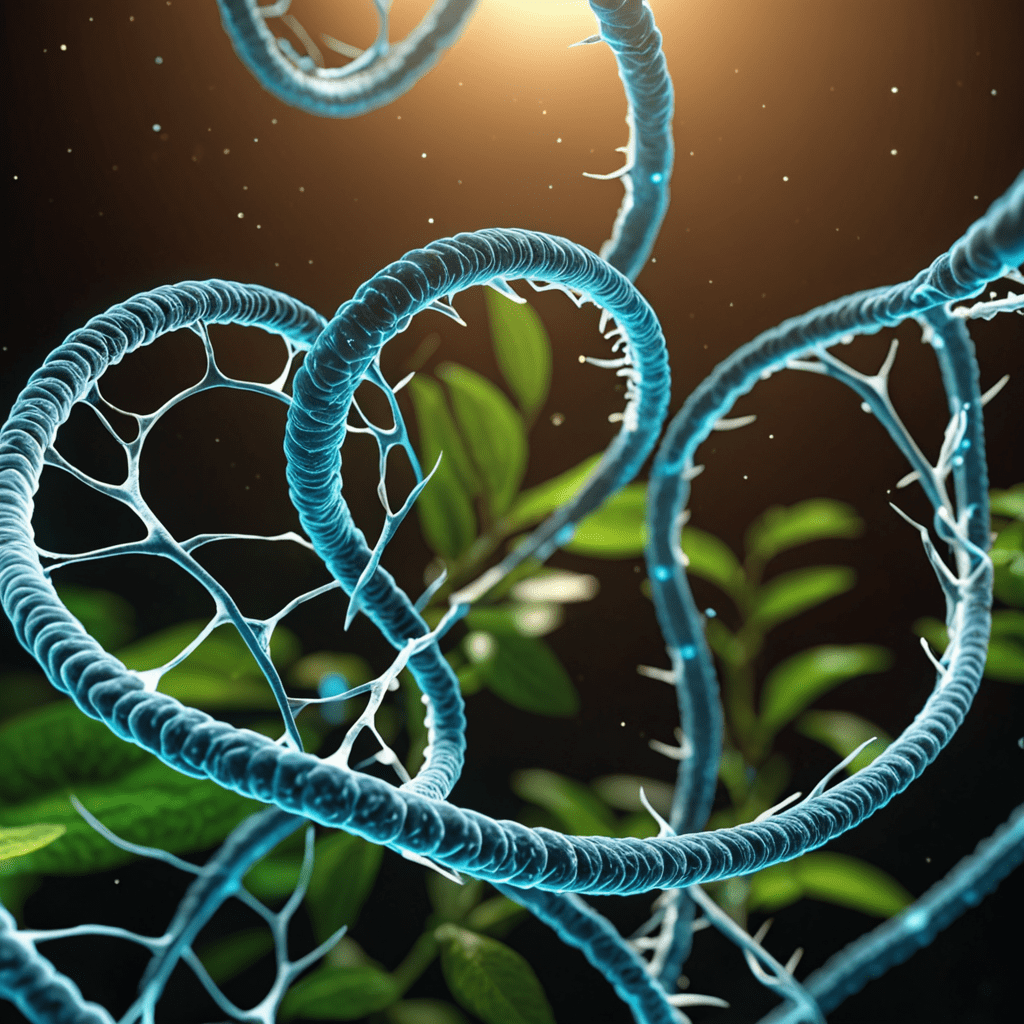Biotechnology and Bioinformatics: Microarray Analysis
Understanding Microarray Analysis
Microarray analysis is a powerful tool in biotechnology and bioinformatics that allows researchers to study gene expression levels on a genome-wide scale. It involves the simultaneous detection of hundreds or thousands of genes to gain insights into various biological processes.
Types of Microarrays
There are two main types of microarrays: DNA microarrays, which analyze gene expression, and protein microarrays, which study protein interactions. Each type has its unique applications and benefits in biological research.
Process of Microarray Analysis
The process of microarray analysis involves several key steps, including sample preparation, hybridization, imaging, and data analysis. By following these steps meticulously, researchers can generate valuable and accurate information from the microarray data.
Applications of Microarray Analysis
Microarray analysis has a wide range of applications in areas such as cancer research, drug development, genetic testing, and personalized medicine. It helps scientists understand the molecular mechanisms underlying various diseases and can aid in the development of targeted therapies.
Challenges in Microarray Analysis
Despite its benefits, microarray analysis also presents some challenges, including data normalization, quality control, and interpretation of complex results. Overcoming these challenges requires expertise in bioinformatics and careful experimental design.
Advancements in Microarray Technology
Recent advancements in microarray technology have led to the development of high-throughput platforms, single-cell microarrays, and integrated bioinformatics tools. These innovations have enhanced the accuracy, sensitivity, and efficiency of microarray analysis in biological research.
Future Outlook of Microarray Analysis
As biotechnology and bioinformatics continue to evolve, microarray analysis is expected to play a crucial role in unraveling the complexities of the human genome, understanding disease pathways, and advancing personalized medicine. The field holds great promise for further discoveries and breakthroughs in the future.
Biotechnology and Bioinformatics: Microarray Analysis FAQ
What is Microarray Analysis in the context of Biotechnology and Bioinformatics?
Microarray analysis is a powerful technology used in biotechnology and bioinformatics to simultaneously measure the expression levels of thousands of genes. It allows researchers to study how genes are activated or repressed in various biological conditions.
How does Microarray Analysis work?
Microarray analysis involves placing thousands of DNA spots representing genes on a small glass slide. Then, labeled DNA or RNA from the sample of interest is added to the slide. The degree of binding between the sample DNA and the DNA spots on the slide indicates the expression level of each gene.
What are the applications of Microarray Analysis?
Microarray analysis is used in various fields such as cancer research, drug development, agriculture, and environmental studies. It helps in understanding gene regulation, identifying disease biomarkers, and studying genetic variations.
What are the benefits of using Microarray Analysis?
Microarray analysis enables researchers to analyze the expression of thousands of genes simultaneously, providing a comprehensive view of gene activity. It allows for the identification of potential drug targets, biomarkers for diseases, and personalized treatment strategies.


